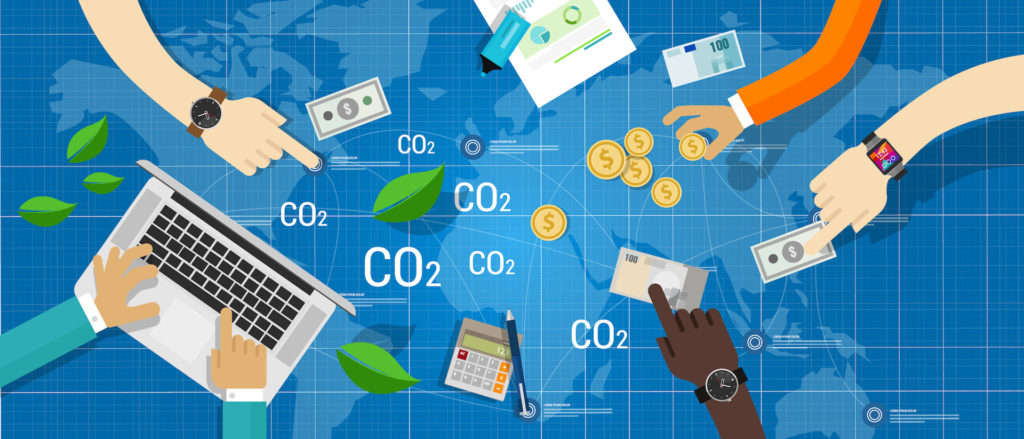
The European Emissions Trading Systems (ETS) started back in 2005, and is today by far the largest and most successful market. It’s a very liquid cap and trade system where the authorities set a cap for the maximum amount of carbon emissions that can be produced within and economy or region.
The main source of EU ETS supply comes from allowances that are granted for free to the emitters; a second source of supply comes through auctions. The ETS is by now very well established and carries a high degree of transparency. It covers roughly 40% of the greenhouse gas emissions (GHG) in Europe through sectors like utilities and industrials. Other sectors like agriculture, construction and transportation (including shipping) are currently not included, while some are expected to be included over the coming years.
Before breaking above €50 per tonne of CO2 earlier this year, the ETS had gone through several phases, the first of which ended in failure a few years ago as too many emission permits were issued and the selling of excess permits kept the price under pressure. During the two years up until 2019 many of the original problems had been solved but the price remained low, thereby failing to achieve its objective to force polluters through rising costs to focus on renewables and move away from the most polluting sources of energy, such as coal.
During the past year, and especially since November, the ICE EUA futures contract which represents one tonne of carbon emissions, has rallied strongly to trade €40 or 300% above the average price from the previous five years. What happened in November was the first vaccine announcement signalling a clear path towards a global recovery and Joe Biden, with his more environmentally friendly policies, being elected as President of the US.
Politicians have finally understood that more aggressive action is needed in order to achieve a 55% emissions reduction below 1990 levels by 2030. Having achieved less than half the 55% reduction during the past 30 years and with only 9 years left, the system is finally showing signs of working. The next 9 years also will see additional industries being included while the total number of allowances in circulation (TNAC) will be steadily withdrawn into the so-called Market Stability Reserve, reducing supply and putting upward pressure on prices.
With these developments in mind, the cost of emissions is likely to continue higher. Given the strong momentum seen in the past year it will also attract an increased number of speculators, which will almost guarantee increased volatility and periods of corrections. Overall however, the price is forecast to continue to move higher and could reach €100 per ton before 2030.
In order to achieve such a massive reduction, utilities, industry and other heavy polluters will increasingly be looking towards alternative low emission sources of energy. Among others they include hydrogen, nuclear and solar, and also carbon capture as a way to collect emitted CO2.
Ole Hansen, Head of Commodity Strategy, Saxo Group
